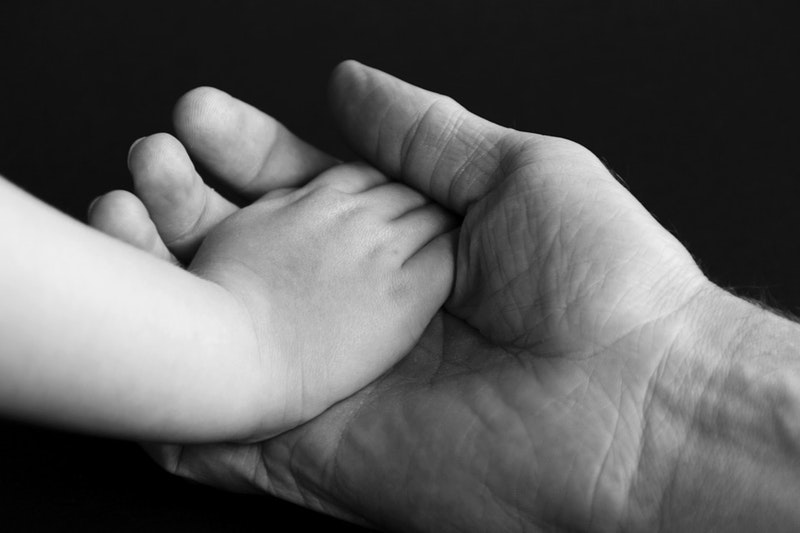Researchers in the labs of Christopher Bates, an assistant professor of materials at UC Santa Barbara , and Michael Chabinyc, a professor of materials and chair of the department, have teamed to develop the first 3D-printable “bottlebrush” elastomer. The new material results in printed objects that have unusual softness and elasticity — mechanical properties that closely resemble those of human tissue.
.
Conventional elastomers, ie rubbers, are stiffer than many biological tissues. That’s due to the size and shape of their constituent polymers, which are long, linear molecules that easily entangle like cooked spaghetti. In contrast, bottlebrush polymers have additional polymers attached to the linear backbone, leading to a structure more akin to a bottle brush you might find in your kitchen. The bottlebrush polymer structure imparts the ability to form extremely soft elastomers. For more information see the IDTechEx report on 3D Bioprinting 2018 – 2028: Technologies, Markets, Forecasts . The ability to 3D-print bottlebrush elastomers makes it possible to leverage these unique mechanical properties in applications that require careful control over the dimensions of objects ranging from biomimetic tissue to high-sensitivity electronic devices, such as touch pads, sensors and actuators. Two postdoctoral researchers — Renxuan Xie and Sanjoy […]
Click here to view original web page at www.3dprintingprogress.com





0 Comments